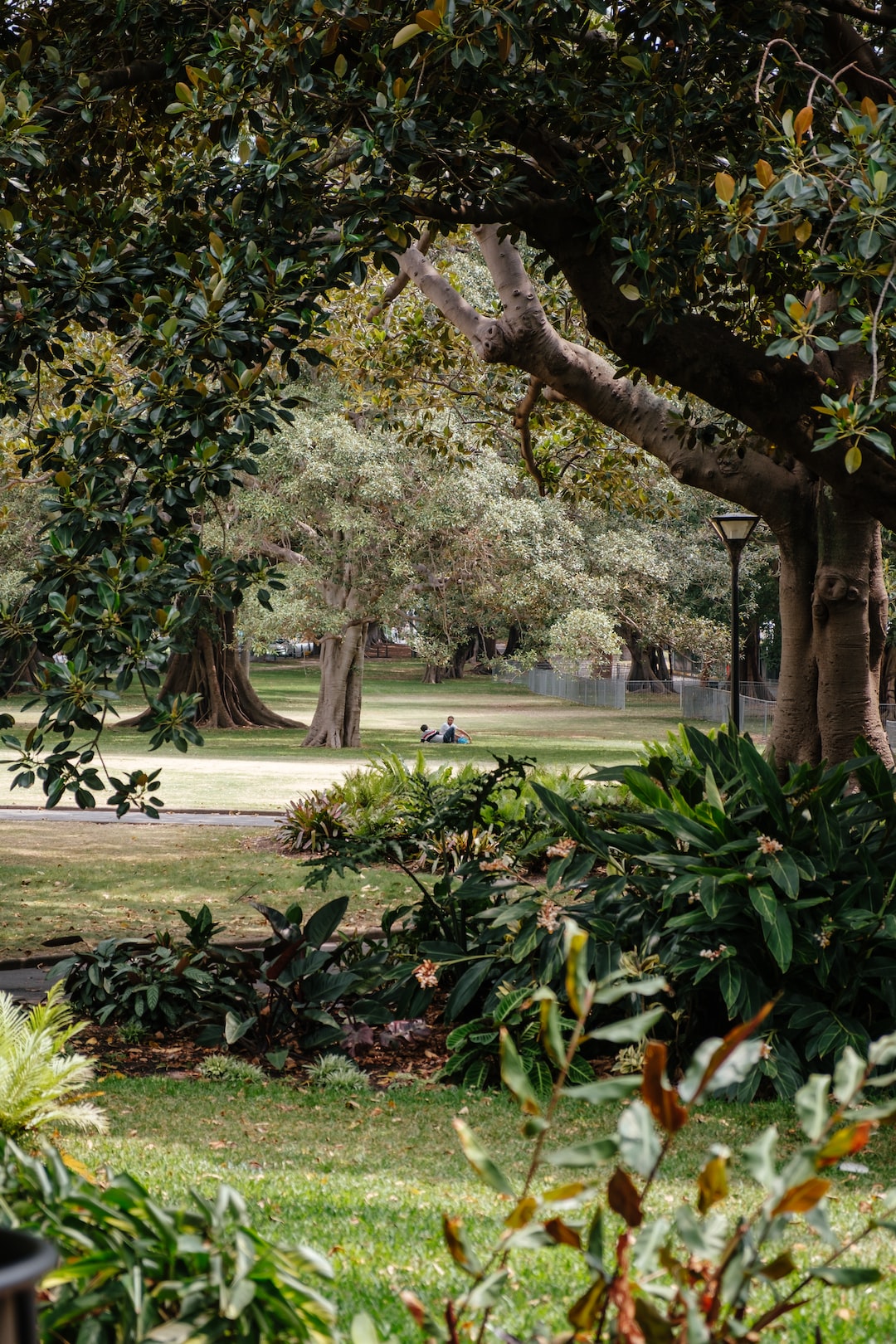If you have ever dreamed of having your own flourishing garden but don’t have a large backyard or ideal soil conditions, a raised bed garden might be the perfect solution for you. Raised bed gardens are becoming increasingly popular among gardeners of all levels due to their numerous advantages. Not only do they provide better drainage and soil quality, but they also make gardening more accessible and enjoyable. In this step-by-step guide, we will walk you through the process of starting your own raised bed garden, so you can reap the rewards of homegrown produce in no time.
Step 1: Choose the Location
The first step in starting a raised bed garden is selecting the perfect location. Look for an area in your yard that receives at least six hours of sunlight per day. Additionally, ensure that the spot is easily accessible and close to a water source. Consider the layout of your garden space and plan accordingly, keeping in mind that raised beds should be no wider than four feet to allow easy access from all sides.
Step 2: Determine the Size and Shape
Next, determine the size and shape of your raised bed garden. The size will depend on the available space and your gardening needs. A common recommendation is to start with a bed that is around four feet wide and eight feet long. This size provides enough planting area without being too overwhelming for beginners. As for the shape of your bed, most people opt for rectangular or square beds, as they are easier to construct and maintain.
Step 3: Gather Materials
To construct your raised bed garden, you will need various materials. The most commonly used materials are untreated lumber, cinder blocks, or recycled materials like old pallets. Make sure to choose materials that are safe for growing food and will withstand outdoor conditions. Additionally, you will need soil, compost, and organic matter to fill the bed and create a nutrient-rich environment for your plants.
Step 4: Build the Bed
Once you have gathered all your materials, it’s time to build the raised bed. Start by marking the outline of your bed using stakes and strings. Then, assemble the sides of the bed, ensuring that they are securely fastened together. If using wood, consider using screws or nails to hold the boards in place. If using cinder blocks, stack them on top of each other, interlocking each block securely. Finally, use a level to ensure that the bed is even before moving on to the next step.
Step 5: Prepare the Soil
Before you can start planting, it’s essential to prepare the soil. In raised bed gardens, it’s crucial to create a well-draining and fertile soil mix. Start by removing any existing grass or weeds from the area beneath the bed. Next, add a layer of cardboard or weed barrier fabric to prevent weeds from growing up into the bed. Then fill the bed with a mixture of 50% high-quality garden soil and 50% compost. Additionally, consider adding organic matter such as leaf mold or aged manure to enhance soil fertility.
Step 6: Planting and Maintenance
Now comes the exciting part – planting your raised bed garden! Choose plants that suit your climate, the available sunlight, and your personal preferences. As a general guideline, taller plants should be placed towards the back of the bed to prevent shading smaller plants. Make sure to space your plants accordingly to allow room for growth.
Regular maintenance is crucial for the success of your raised bed garden. Water your plants consistently, but be mindful not to overwater, as raised beds tend to drain more quickly than traditional gardens. Apply a layer of mulch to help conserve moisture and prevent weed growth. Additionally, regularly check for pests and diseases, and take appropriate measures to protect your plants. Finally, don’t forget to provide support for plants that require it, such as tomato cages or trellises for climbing vegetables.
By following these steps, you can establish a thriving raised bed garden and enjoy the fruits of your labor. Gardening in raised beds offers an array of benefits, from improved soil quality to easier maintenance. It also allows you to grow your own organic produce, reduce your carbon footprint, and connect with nature. So why wait? Start your own raised bed garden today and experience the joy and satisfaction of nurturing your own food from seed to harvest.

